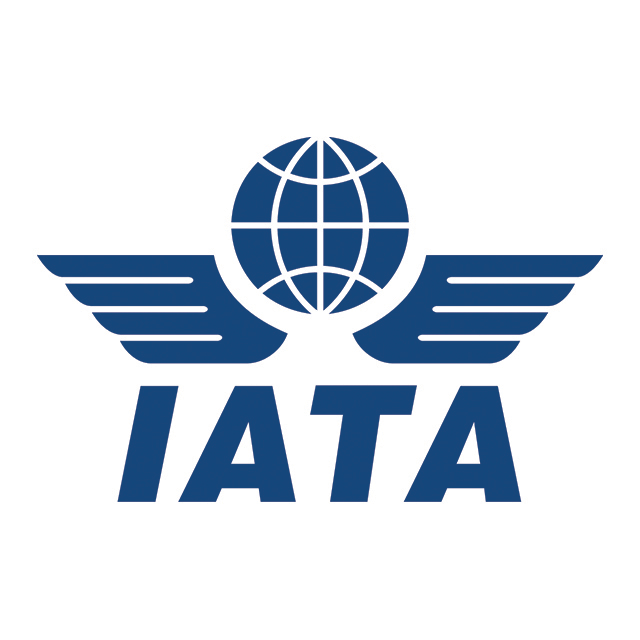 INTERNATIONAL. Global passenger traffic demand grew +6.2% year-on-year in July, as measured in total revenue passenger kilometres (RPKs).
INTERNATIONAL. Global passenger traffic demand grew +6.2% year-on-year in July, as measured in total revenue passenger kilometres (RPKs).
The growth figure has been reported by the International Air Transport Association (IATA), which represents 290 airlines comprising 82% of global air traffic. The organisation noted that all world regions recorded growth during the month.
The +6.2% figure was down from the +8.1% growth recorded in July last year, but IATA said that it “nevertheless marked a solid start to the peak passenger demand season”.
IATA Director General and CEO Alexandre de Juniac commented: “The industry posted another month of solid traffic growth. And the record load factor shows that airlines are becoming even more efficient in terms of deploying capacity to meet demand.
“However, rising costs – particularly fuel – will likely limit the stimulus we would expect from lower airfares. Therefore, we do expect to see a continued slowing of growth compared to 2017.”

International passenger demand in July rose +5.3% compared to the year-before period, which was a deceleration against the +8.2% growth recorded in June.

Growth figures were led by Asia Pacific for the first time in three months, with traffic rising +7.5%. IATA noted that this growth is being supported by the combination of robust regional economic growth and an increase in route options for travellers.
European carriers posted a +4.4% rise in traffic, down from +7.1% annual growth in June. On a seasonally-adjusted basis, IATA said that passenger volumes have been tracking sideways for the past three months, reflecting mixed developments on the economic front and possible traffic impacts related to air traffic control strikes across the region.
In the Middle East, carriers saw a +4.8% increase in demand, significantly down on the +11.2% growth recorded for June. This was mainly attributable to volatility in the data a year ago, rather than any major new developments. IATA noted that the region has been negatively impacted by a number of policy measures over the past 18 months, including the ban on portable electronic devices and travel restrictions.
North American airlines’ traffic climbed +4.1%. This was down from the +6% growth seen in June, but still ahead of the five-year average pace for carriers in the region. Strong momentum in the US economy is helping underpin a pick-up in international demand for airlines there, IATA said.
Latin American carriers achieved a +3.8% rise in traffic, the slowest growth among the regions and a decline from +5.6% growth in June.

In Africa, traffic rose +6.8%, second highest among the regions. Although this represented a decline from the +11.0% growth recorded in June, the seasonally-adjusted trend remains strong, IATA said.
Meanwhile, domestic travel demand across all world regions grew +7.8% year-on-year in July, close to the +8.0% growth recorded in June. All markets saw annual increases, with China, India and Russia posting double-digit growth rates.
Analysing the overall results, de Juniac said: “The second half of the year got off to a solid start. The strong demand we experienced in July is confirmation that summer is when people want to travel, to explore new places and to reunite with friends and family.

“Unfortunately, for air travellers in Europe, summer also brought delays and disappointment, while for airlines, it meant accepting schedule inefficiencies and longer flight times. That’s because air traffic capacity has not kept pace with demand and because some controllers used the opportunity of the peak traffic period to launch strikes and work slowdowns.
“Travellers want to get to their holidays on time. It’s past time for the European Commission, Member States and air navigation service providers to take urgent action to eliminate European airspace bottlenecks and to discourage air traffic controllers from penalising air travellers when they are unhappy over a contract.”












